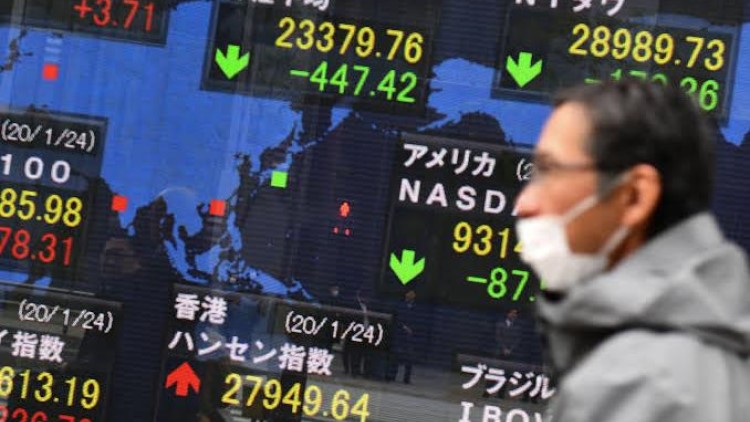FXOpen

The word’s stock markets hold relatively well, considering the panic surrounding the possible spread of the coronavirus. In 2019 the yields inverted in the United States for the first time since the great financial crisis, sparking fears of an upcoming recession.
But the Federal Reserve quickly reacted, cutting the rates to the USD to 1.75% and starting a program of buying T-bills worth of $60 billion a month. While it argues this is not a restart of quantitative easing, it has a similar effect on the Fed’s balance sheet – an exponential increase.
This is the equivalent of creating money out of thin air as when the balance sheet is expanding, it means that the Fed engages in easy monetary policy. One of the “side effects” of such a policy is an artificially sustained stock market.
However, monetary policy has its limitations. Recent years saw the world’s central banks applying different measures to similar problems with different results.
For example, the Fed in the United States didn’t lower the interest rate below zero. But the European Central Bank (ECB) or the Swiss National Bank (SNB) did. Bank of Japan as well.
It didn’t mean that the USD appreciated against all these other currencies, but it shows how local monetary policy has the same result when it comes to the global stock market. Easing in Japan and Europe led investors to borrow cheaply and purchase USD to buy US stocks.
DJIA – Rising Wedge or Running Triangle?
This is the weekly Dow Jones Industrial Average (DJIA), and any investor looking for the coronavirus impact on the chart, will have a hard time spotting anything. The DJIA broke higher in 2019 and never looked back, albeit it seems to form a reversal pattern – a rising wedge.
However, for investors to consider a rising wedge scenario, the first thing the price needs to do is to break the lower part of it – something that didn’t happen yet. Moreover, sometimes such market price action forms at the end of a so-called “running correction” – a bullish pattern forming before an extended Elliott Wave structure. In other words, what seems to be bearish, may simply signal the start of an even more sustained upside move.
ASX Follows Up
The regional equity markets hold up well too. The ASX in Australia is on a rising trend ever since the first case in Asia was revealed, without the RBA being involved in quantitative easing or some similar measures. It shows how interconnected the world’s equity markets are, as measures in one part of the world are enough to sustain markets in different regions.
Conclusion
To sum up, we’re yet to see the true impact of the coronavirus. It takes time to assert the true economic impact and, thus, the equity markets may not react the way many would expect.
It may all change very fast if the world doesn’t find a solution to contain the spread of the virus and, ideally, find a cure. Any risk-off move should translate in a flight to safety – lower equities and higher JPY and CHF.
So far, we’ve seen exactly the opposite. Is it that financial markets tell us the coronavirus is not such a big issue as many would like to think?
This article represents the opinion of the Companies operating under the FXOpen brand only. It is not to be construed as an offer, solicitation, or recommendation with respect to products and services provided by the Companies operating under the FXOpen brand, nor is it to be considered financial advice.
Stay ahead of the market!
Subscribe now to our mailing list and receive the latest market news and insights delivered directly to your inbox.











